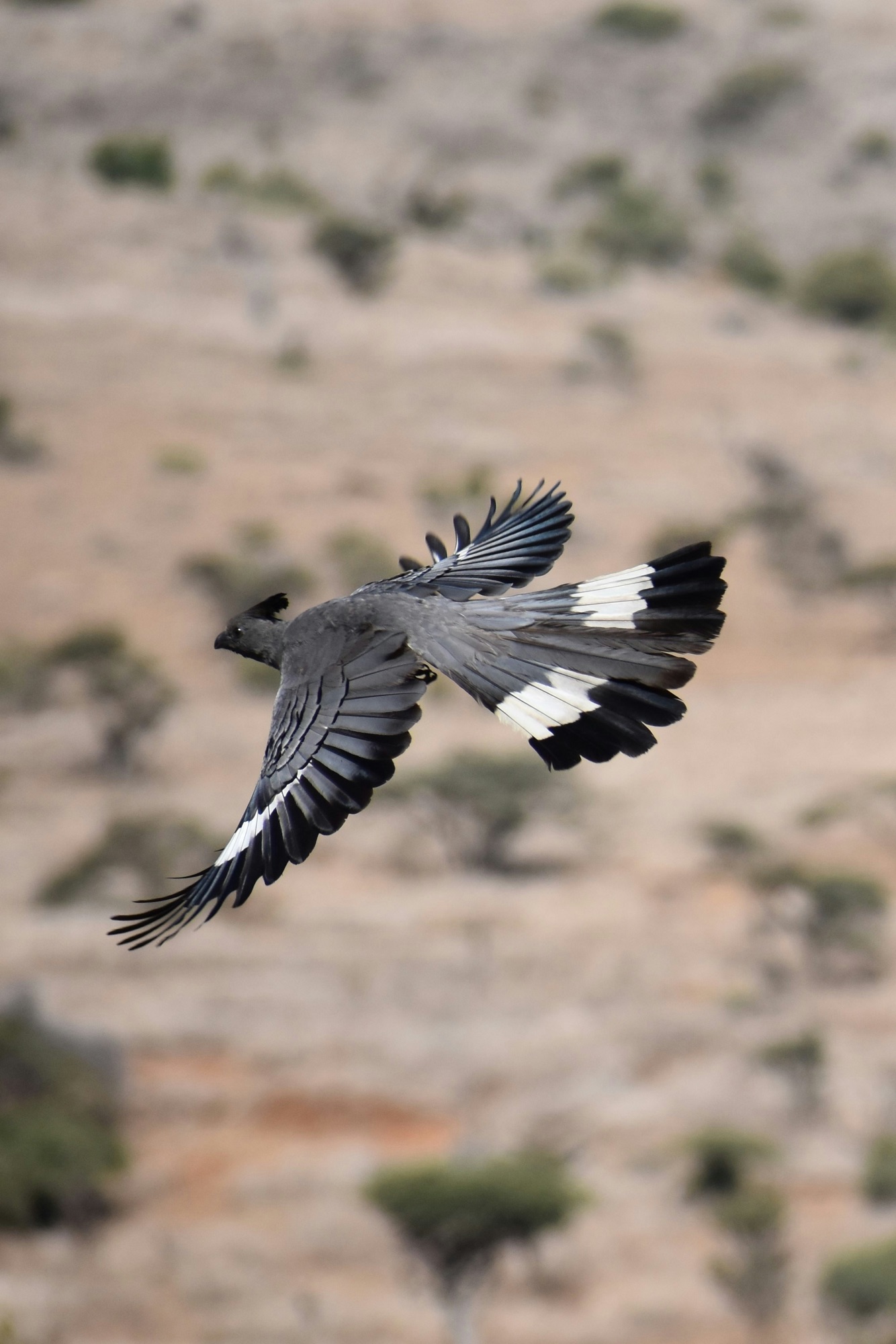While many visitors come to Kruger for the Big 5, there’s another world waiting in the trees, skies, and riverbanks—one that’s vibrant, musical, and just as captivating. Welcome to the world of birdwatching in Kruger, where every branch holds a surprise, and every sunrise brings new winged wonders.
With over 500 bird species, Kruger National Park is one of the top birding destinations in Africa, drawing enthusiasts from around the world—and offering plenty for casual visitors, too.
What Makes Kruger Ideal for Birdwatching?
Kruger’s diverse habitats—riverine forests, grasslands, woodlands, and open savannas—create the perfect environment for a wide range of bird species. From colourful bee-eaters to massive raptors, the park’s avian population is as thrilling to spot as its mammals.
The Letaba River region, in particular, is a hotspot for birdlife. The combination of open water, trees, and nearby grassland makes it ideal for sightings right from your camp—or even your restaurant seat at Tindlovu Letaba.
Birds You Might Spot in Kruger
Here are just a few of the feathered stars that make Kruger such a birder’s dream:
• Lilac-breasted Roller – Often called the most photogenic bird in Africa, with brilliant colours that seem painted by hand.
• Southern Ground Hornbill – Endangered and dramatic, often seen walking through the grass in small family groups.
• Martial Eagle – One of Africa’s largest and most powerful raptors, usually spotted soaring overhead.
• Woodland Kingfisher – Easily identified by its vivid blue feathers and distinctive “chip-chip” call in summer.
• African Fish Eagle – With its unmistakable cry and majestic presence, often seen perched near rivers.
• Bee-eaters, weavers, and sunbirds – Small but vibrant, they bring bursts of colour and energy to any bush walk or drive.
Tips for Birdwatching in Kruger
- Bring Binoculars: Even basic binocs can transform your experience. Many beautiful birds won’t come close—but they will perch in clear sight.
- Be Quiet and Still: Like any wildlife viewing, patience and silence often lead to the best sightings.
- Visit Waterholes and Rivers: These are natural bird magnets. Early mornings are best.
- Talk to Guides and Staff: Rangers and staff at camps like Letaba often know which species are active and where to look.
- Keep a Bird List: Whether in an app or on paper, recording your sightings makes for a rewarding safari memory.
Make a Day of It
Start your morning drive with binoculars and a birding field guide in hand. When the midday heat sets in, stop for a rest at Tindlovu Letaba, where the view alone often delivers surprises—like a kingfisher diving for fish or a heron stalking along the riverbank.
Pair your birdwatching with a cappuccino and a toasted sandwich, and you’ve got the perfect bush break.
For the Love of Feathers
Even if you’ve never called yourself a birder, Kruger has a way of changing that. The colours, songs, and behaviours of its birds can be just as thrilling as any lion or elephant—and often far more intimate.
So on your next visit, take a moment to look up, listen closely, and discover the secret safari happening in the trees.

